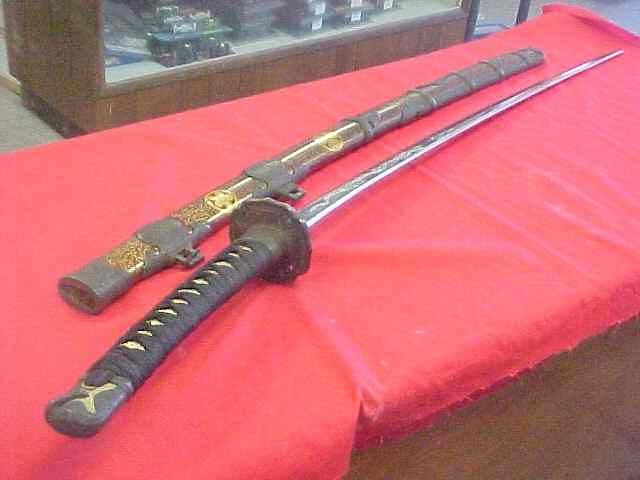The Construction of Medieval Swords

I get asked several inquiries regarding the construction of swords and one of the most popular is what kinds of steel do I assume are best? If we are talking about a European medieval sword, which we usually are, after that the characteristics of an alloy should satisfy several attributes. First, the steel has to be appropriately difficult. It needs to stand up to shock well.
This blade is most likely to (or at the very least designed to) encounter timber, cloth, as well as other metals with uniformity. To be able to do this and endure (not damage) it must have the ability to b as well as adjust the shock properly. Part of this ability concerns layout as well as heat-treatment however we are simply talking about the steel itself. 2nd the steel should have the ability to hold an edge fairly well.
Generally, we need to consider steel with between 50 as well as 75 points of carbon in it. That suggests between 0.50% and also 0.75% carbon. A little carbon accompanies means. For many years I have actually discovered that steels with a greater carbon material have a tendency to be a little weak when made use of in longer blades. Plain carbon steel like 1080 and also 1095 job simply great yet their sturdiness is somewhat less than the other steels we will go over.
Steels with less than 50 factors of carbon are typically as well soft and also do not harden to a great degree, making a blade that will be tough as can be yet will not hold a side as well as will certainly remain bent if bent. Alloys with between 50 and 75 points of carbon also help please our various other wishes, holding an edge. A word about sword sides. It is not definitely essential for a sword to have a razor-sharp slim side. Thinking about the physics included you can (as well as I carry numerous test tools) cause incredible amounts of damage with a flat side.
Clearly, a sharp side will reduce a lot more successfully. That seeks all that we are seeking; the capacity to end an aggressive experience in the quickest way feasible. A sharp sword aids meet this goal better than a dull one. So we most definitely want blade steel that will certainly take and also hold a good side.
So what do I make use of?
For many years I have actually attempted numerous steels for sword blades. As specified formerly, 1080 and also 1095 work penalties however tend to be a little brittle. A broken sword is just as bad as a bent one, if not worse. 1050, 1060, and also 1075 are all superb ordinary carbon steels with the correct amount of carbon to please our standards. S-1, as well as S-5, are low alloy steels made use of for cracking and riveting pneumatic devices and also thus tend to take in shock extremely well. For more details on constructing Medieval Swords, visit Handyman Tips for further info.

Their edge-holding ability leaves a little to be desired, however. 5160 seems to be around optimal in my point of view. 5160 has about 60 points of carbon in it but likewise has numerous other elements to raise its durability such as chromium as well as silicon. Chromium boosts the deepness infiltration of hardening procedures as well as the responsiveness to heat treatment. Silicon boosts the tensile strength and hardenability of steel.
Both of these aspects are discovered in small quantities in 5160 (less than 1% each) but this suffices to convey their desirable features into the steel. 5160 is generally used in vehicle leaf springs (though I always use brand-new steel bar supply, not recycled springtimes). It holds a side rather well, and also stands up to shock effectively. This steel seems to me to be around suitable for non-laminated sword blades.

